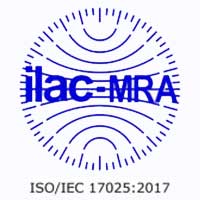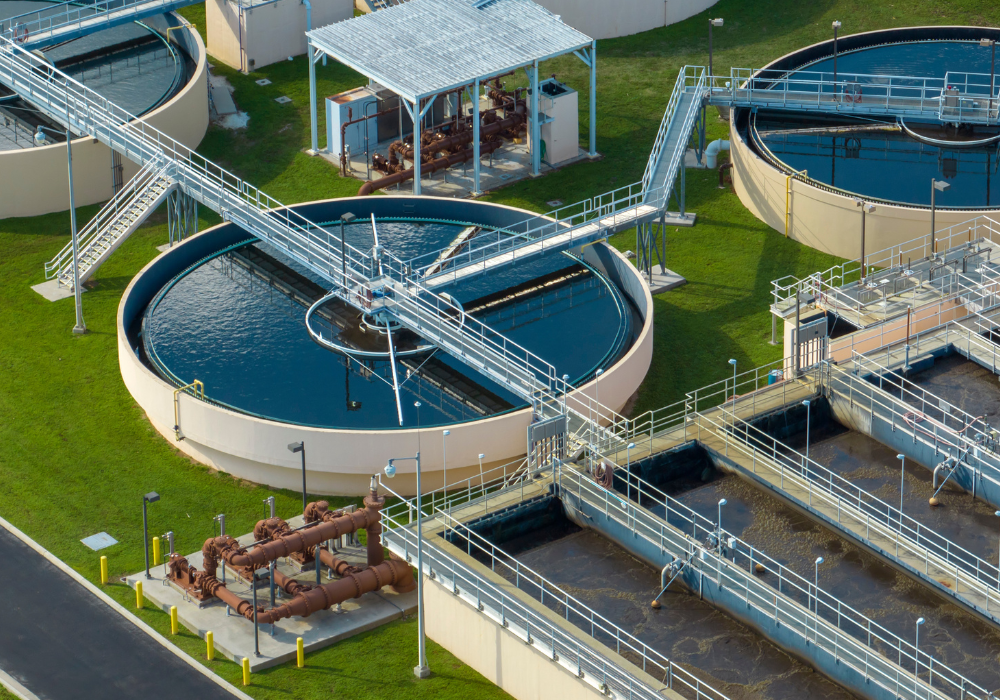






Contact Us

Temperature Transmitters
Wire Harnesses
Temperature Sensors
Fiber Optic Sensor Systems (Partner Company)
Thermocouple/Extension Wire
Temperature and Process Controllers
Specialty Metals
Whitepapers / Care & Use of Nanmac Eroding Thermocouples

Our line of Eroding Thermocouples (sometimes referred to as our Self-Renewing Thermocouples) derive it’s thermal junction by means of a friction weld across the end of the sensor. This unique form of junction is what enables the Eroding Thermocouple to have a low millisecond response time due to this special type of junction. The thermocouple should be specifically tested for junction resistance upon receipt and prior to using the sensor, this can be most easily done with a simple multi-meter.
For optimum operation, the thermal junction, the “Hair- Line” on the sensing surface, should be at a 45 degree angle to the flow of gas or liquid, or the abrasive action as described in this sheet. By putting the junction at this angle it’s eroding characteristics are maximized. If the thermal sensing tip becomes pitted, oxidized, or coated the surface should be cleaned with some form of abrasive action.
If the thermocouple has a loop resistance greater than the lead-wire resistance (this depends on the length of your lead wires) plus 2 to 10 ohms, then a new junction needs to be formed. To remake or form a junction, do the following.
Place a sheet of #80 grit emery cloth (or alumina - oxide sandpaper) on a smooth hard surface. With the thermocouple probe perpendicular to the flat surface: orient the hairline junction such that you can sand across the line at about a 45 degree angle. Drag the sensor across the at about a 45 degree angle. Drag the sensor across the a back-and-forth motion. Periodically check the junction resistance until you have a constant resistance of (lead wire resistance plus) 2 to 10 ohms. This is your junction loop resistance. Allow the sensor to cool for a few moments before checking the resistance. With this method, you can easily obtain 10 to 20 millisecond response times to a step- change in temperature.
If you require even faster response times, you can achieve this by changing the grit size of the emery cloth. Millisecond response can be obtained by polishing the sensing tip with successively finer grit sizes until the junction is polished open your loop resistance will be greater than 1000 ohms. This may require emery cloth of about 280 to 320 grit size. Once the

junction is polished open, you will note very erratic and very high resistance readings. The next step is to remake the junction using progressively courser grit sizes. Once a junction resistance of about 8 to 12 ohms (in addition to your lead wire) is obtained, you have formed the smallest/ fastest thermocouple junction obtainable with Eroding Thermocouple. Be careful not to deposit any foreign matter on the tip of the sensor, as this will slow down response times. Even the oils from skin will have a negative effect on the sensor (keep it clean for your test).
The junction formed for millisecond response time will typically need to be remade after each use. Keep in mind; the response time of any thermocouple is directly related to the size of the thermal junction. In order to provide a device that has millisecond response, the junction must be microscopic. This size of a junction will not last long under “clean” conditions. In other words, if the temperature to be measured is in a harsh environment, such as an interface temperature of two materials, of a “dirty” gas flow, the thermal junction will be made and renewed by the interface of blast. If the temperature is a “clean” temperature, then the junction may be swept away and require the aforementioned maintenance. This does not mean that it will not react to and measure, the temperature of interest, it may though require the maintenance described here after use. The device will continue to work after maintenance is performed until about 1/2 inch has been removed from the sensing tip. Hence the name “Eroding Junction Thermocouple.”
© 2025 Nanmac Corporation









